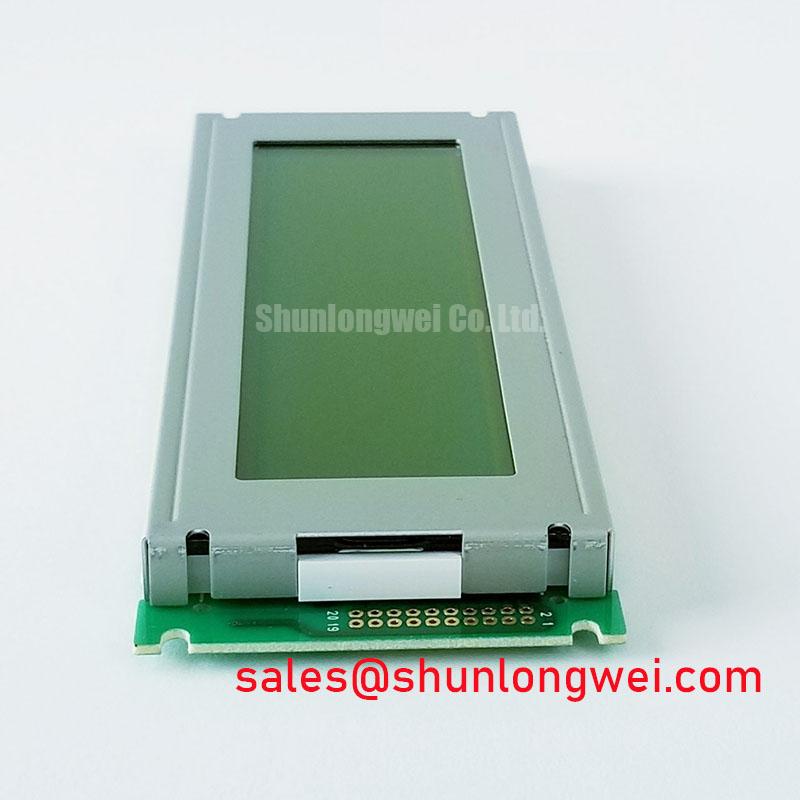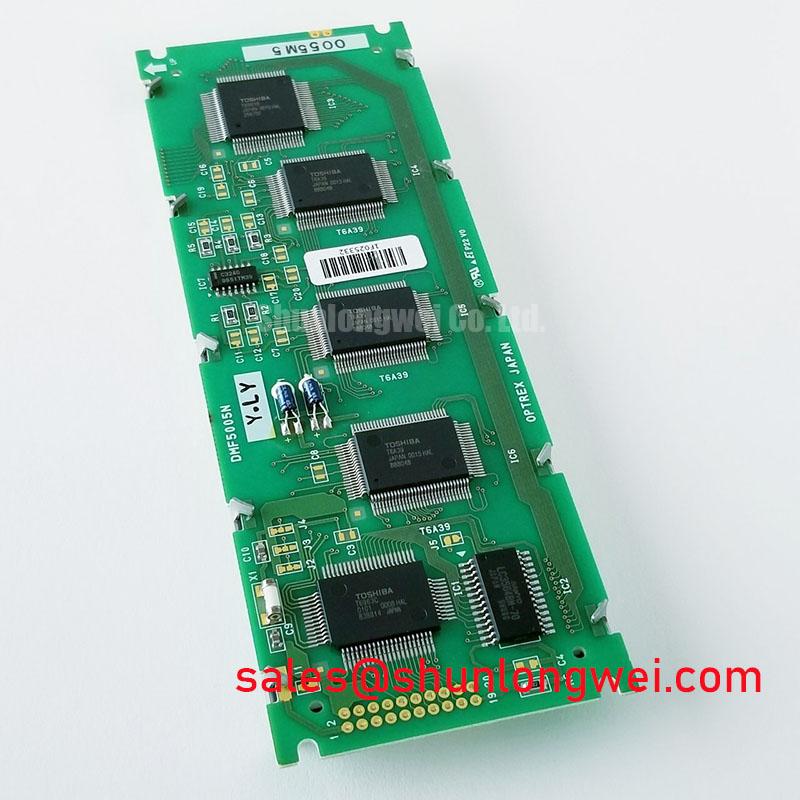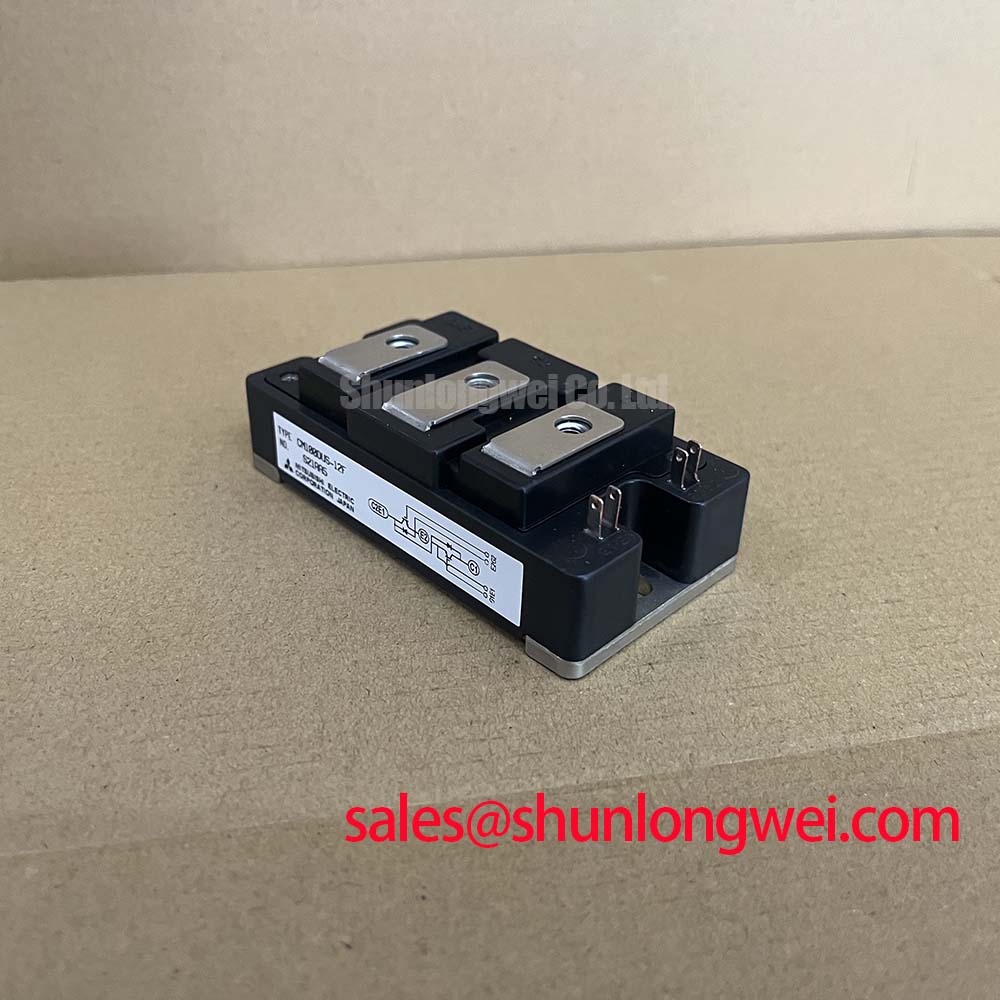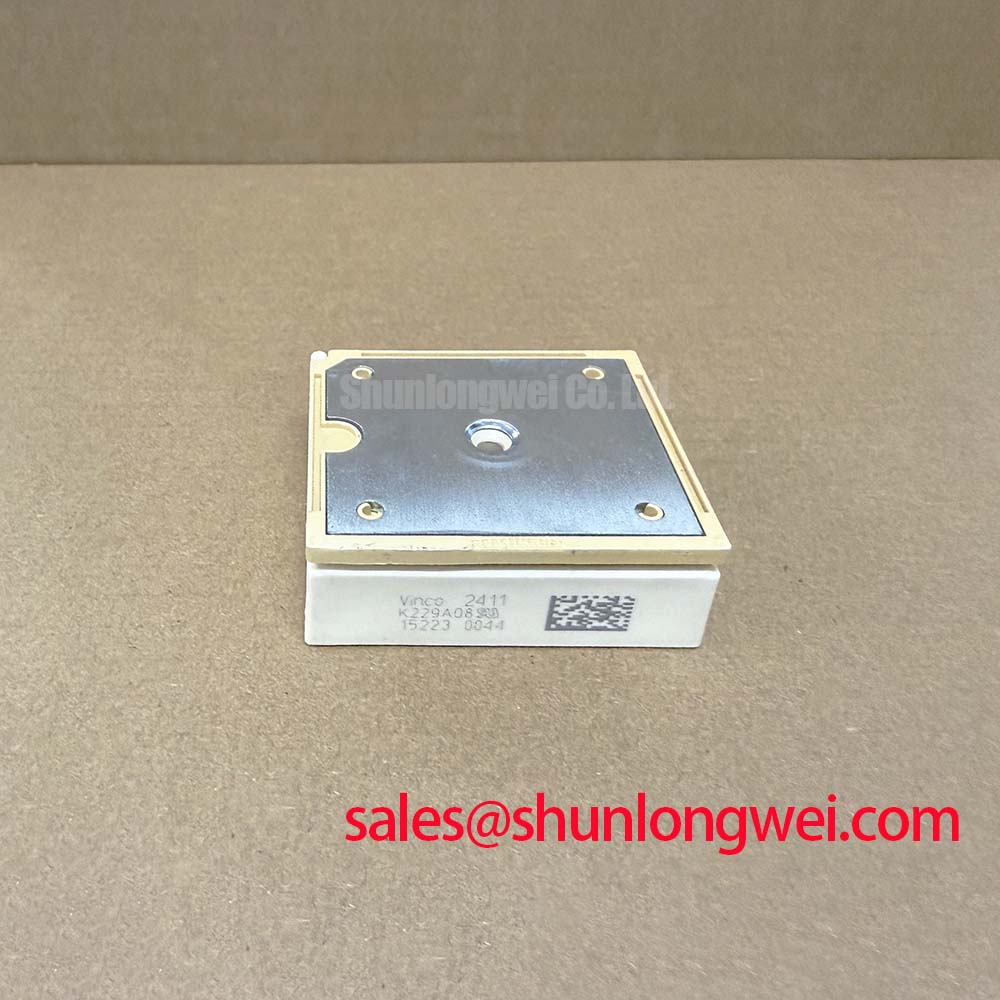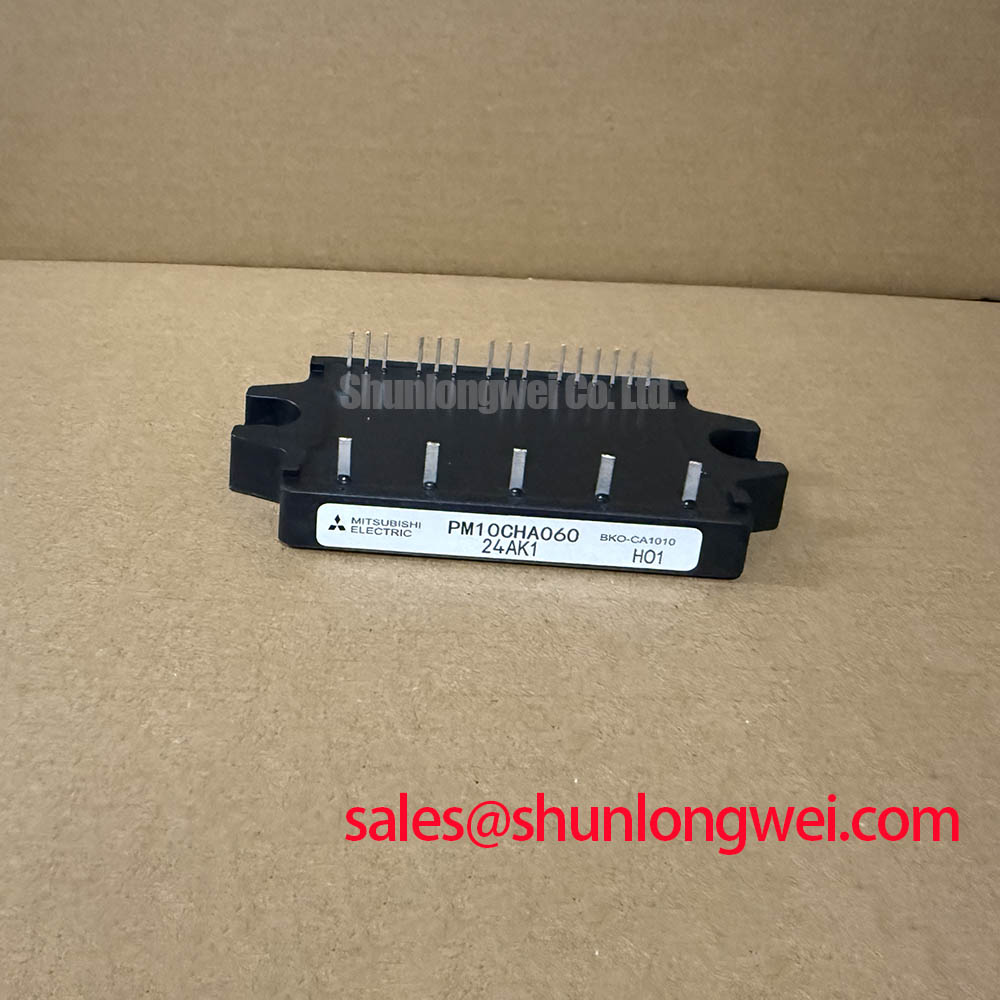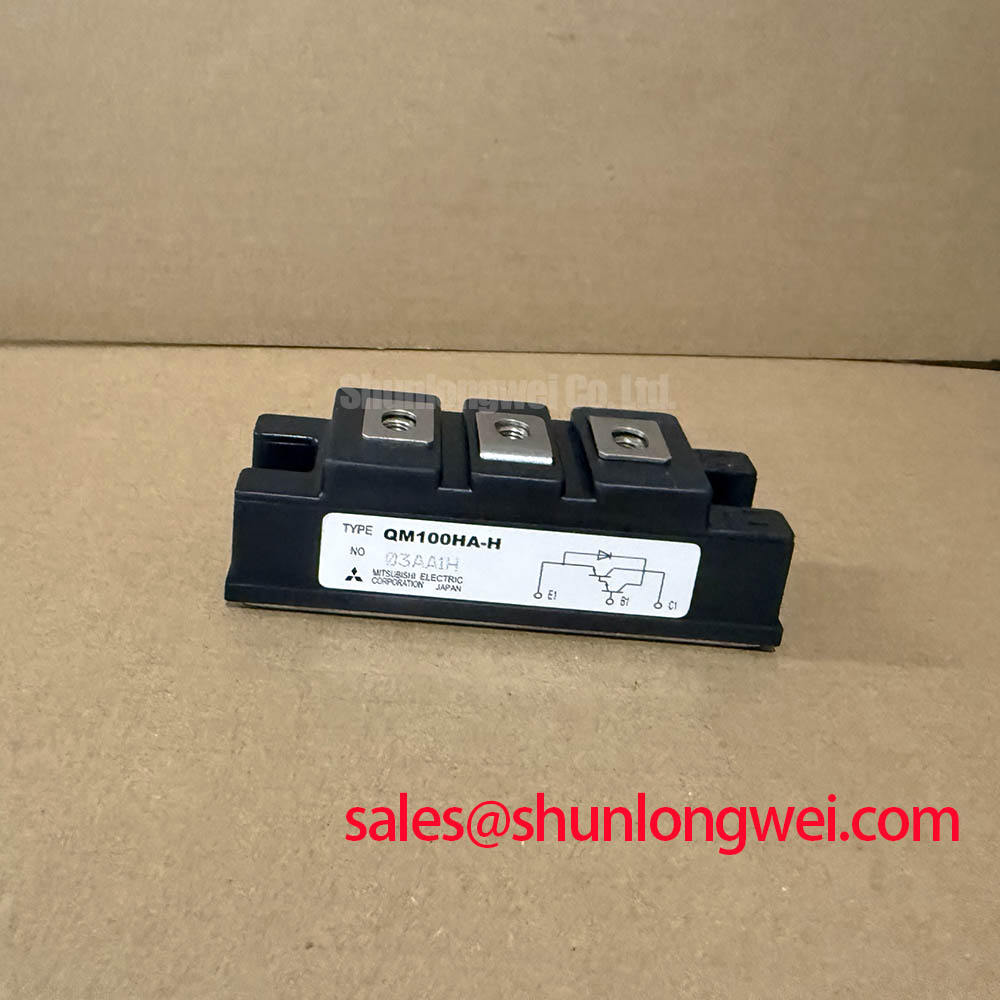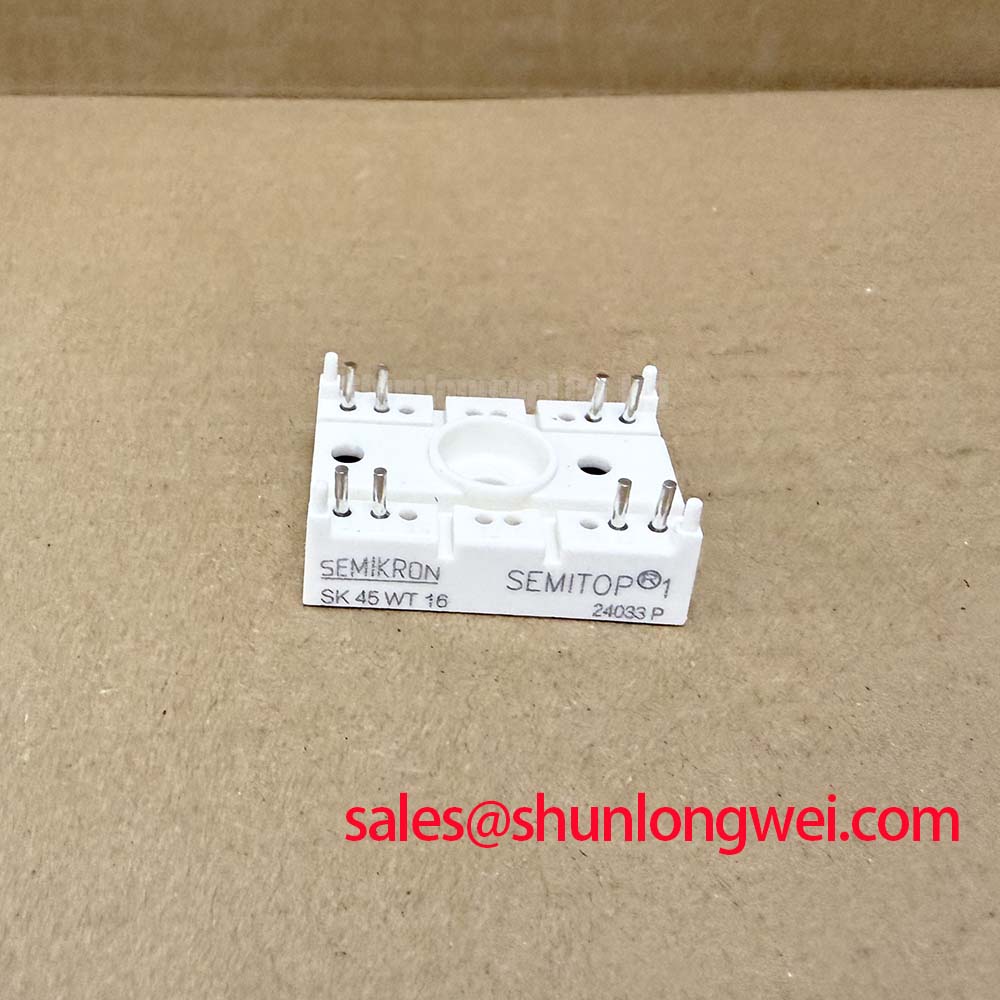DMF5005NF-SEW: Engineering a Legacy of Clarity and Reliability in Industrial HMIs
Content last revised on October 11, 2025.
Introduction to the DMF5005NF-SEW
The Optrex DMF5005NF-SEW is a monochrome FSTN LCD module engineered for exceptional clarity and long-term operational stability in demanding industrial environments. Delivering a crisp 240x64 resolution, this 5.2-inch display integrates a versatile T6963C controller to streamline system design and ensure reliable performance. Its robust construction and transflective properties make it a definitive choice for applications where readability and durability are paramount. For systems requiring straightforward, high-contrast graphical or character displays, the DMF5005NF-SEW provides a proven and efficient solution.
Application Scenarios & Value
System-Level Benefits in Industrial Control and Instrumentation
The DMF5005NF-SEW is best suited for human-machine interfaces (HMIs) where clear data presentation and operational robustness are more critical than color representation. Its architecture provides significant value in environments like factory automation, process control panels, and specialized test equipment. The primary engineering challenge in these fields is ensuring consistent readability under variable industrial lighting and maintaining performance across a range of operating temperatures. The transflective nature of the FSTN panel directly addresses this by utilizing ambient light to enhance visibility, reducing reliance on the backlight and lowering overall power consumption. What is the primary benefit of its integrated T6963C controller? It simplifies the interface to a host microprocessor, reducing development time and firmware complexity for engineers designing custom control systems. This integrated design makes it an optimal display for legacy system upgrades or new designs that prioritize reliability and a simplified hardware architecture.
Key Parameter Overview
Decoding the Specifications for System Integration
The technical specifications of the DMF5005NF-SEW are tailored for straightforward integration and dependable performance in industrial applications. Each parameter is a critical piece of the puzzle for design engineers aiming to build robust and reliable equipment.
| Parameter | Value | Engineering Value |
|---|---|---|
| Display Technology | FSTN (Film-compensated Super-twisted Nematic) LCD | Provides superior contrast and a wider viewing angle compared to standard STN displays, ensuring clear readability from multiple operator positions. |
| Resolution | 240 x 64 Pixels | Offers a well-defined dot matrix suitable for displaying multiple lines of text, status icons, and basic graphical elements with precision. |
| Controller IC | T6963C or compatible | This built-in controller is an industry workhorse, managing the display RAM, character generation, and graphics, which offloads the main system processor and simplifies software development significantly. |
| Interface | 8-bit Parallel | A direct and reliable interface method common in embedded systems, ensuring predictable timing and robust data transfer, which is crucial in electrically noisy industrial settings. |
| Operating Temperature | 0°C to +50°C | Specifies the component's capability to perform reliably within typical indoor industrial and control room environments without requiring specialized cooling or heating. |
| Storage Temperature | -20°C to +60°C | This wider range ensures the display's integrity during transport and storage in non-climate-controlled conditions, preventing damage before final system assembly. |
| Backlight Type | EL (Electroluminescent) | Produces a uniform, cool-to-the-touch green-hued illumination, ideal for low-light conditions, with minimal heat output, which simplifies thermal management within the enclosure. |
Download the DMF5005NF-SEW datasheet for detailed specifications and performance curves.
Frequently Asked Questions (FAQ)
What is the function of the built-in T6963C controller?
The T6963C is a versatile LCD controller that simplifies the design process. It integrates a character generator ROM (CG-ROM), display RAM, and control logic. This allows an engineer to send high-level commands for displaying text or graphics, rather than managing individual pixel data and refresh timing, thus freeing up the host microcontroller's resources and reducing firmware overhead.
How does the FSTN technology in the DMF5005NF-SEW improve readability over standard STN?
FSTN adds a polymer film layer between the STN glass and the front polarizer. This film acts as a retardation layer, compensating for color dispersion and providing a sharper, higher-contrast black-and-white display. For an operator, this means less eye strain and quicker recognition of on-screen information, especially at an angle.
What are the power supply requirements for both the logic and the EL backlight?
The display's logic typically operates on a single +5V DC supply, which is standard for many embedded systems. The Electroluminescent (EL) backlight, however, requires a high-voltage AC source, typically around 140V at 400Hz. This necessitates a separate EL inverter circuit to step up and convert the system's DC voltage, a key consideration during the hardware design phase.
Is the DMF5005NF-SEW suitable for outdoor applications?
While its transflective properties aid in sunlight readability, the specified operating temperature range of 0°C to +50°C makes it best suited for protected or indoor industrial environments. Direct, prolonged exposure to outdoor extremes, especially temperatures below freezing or in direct high-summer sun, would be outside its validated operational limits and could affect performance and lifespan.
What is the typical lifespan of the EL backlight and what happens at its end-of-life?
Electroluminescent backlights, like the one in the DMF5005NF-SEW, have a finite operational life, often rated in thousands of hours to half-brightness. As it ages, the EL panel's brightness will gradually and gracefully decrease. It does not typically fail abruptly. This predictable aging allows for scheduled maintenance in critical systems before readability is significantly compromised.
Technical Deep Dive
An Engineer's Perspective on Integration and Longevity
From an engineering standpoint, the true value of the DMF5005NF-SEW lies in its design simplicity and predictable behavior. The 8-bit parallel interface, while seemingly dated, is a robust and noise-immune communication method well-suited for industrial settings. Unlike serial interfaces which can be susceptible to EMI-induced bit errors, a parallel bus offers a more resilient physical layer. The integrated controller is the centerpiece of its integration value. Think of the T6963C as a dedicated graphics co-processor for the display; it abstracts the low-level tasks of pixel mapping and screen refresh. This is analogous to a PLC handling real-time I/O tasks to unburden a supervisory computer. For a design team, this means faster time-to-market because the software driver is often a standard, pre-verified library component. This focus on proven, reliable technology ensures that the display is not just a component, but a stable platform for building long-lasting and maintainable industrial equipment.
An Engineer’s Final Take
For systems where information clarity, operational reliability, and a streamlined development cycle are the primary design drivers, the DMF5005NF-SEW remains a strategically sound choice. Its combination of a high-contrast FSTN panel, an integrated industry-standard controller, and a robust parallel interface provides a proven foundation for HMIs in industrial control, instrumentation, and medical devices. It is engineered not for the latest trends, but for lasting performance in the field.

